How to properly plant an irga and take care of it?
It is difficult to find a more unpretentious plant, including for northern latitudes, than irga. Planting this shrub in your summer cottage will bring both decorative and practical benefits. Its fruits are extremely useful. They contain pectins, fiber, vitamins C, A and B, carotene and many other substances irreplaceable for human health. In addition, irga is an excellent honey plant that attracts bees. Meanwhile, this plant is unpretentious and needs minimal maintenance.
Varieties
The irgi has a huge variety of species, of which the following are most often used in the household.
- Irga ordinary. This variety grows in arid zones, in rich calcareous soils. It can hibernate without shelter only in warm climates. The fruits are dark, bluish-black, with a whitish bloom.
- Blood-red irga. This species is the lowest: it does not even reach 2.5-3 meters in length. It bears fruit well: up to 5-6 kilograms of dark sweet fruits can be harvested on one bush.
- Irga Lamarck. The most decorative look, attractive throughout the season. Like the Canadian Irga Lamarca, it is an ideal rootstock for pear and apple trees, increasing their winter hardiness.
- Canadian Irga. This species is the tallest: it reaches 7-8 meters. On an adult bush of the canadian irgi, you can collect up to 6 kilograms of sweet fruits.
- Alder-leaved irga reaches 4 meters in height. Unlike other species, its flowers are odorless. The berries are large and tasty, up to 15 mm in diameter. From one bush, you can collect about 9-10 kg of berries.
When choosing a plant for your site, you should rely on the climatic features of the region and the specific conditions of maintenance and care that you can provide to it. In addition, the choice of plant species varies depending on its main purpose. So, if its main role is decorative, it is worth buying Lamarck's irgu, and if you are determined to get a harvest, feel free to buy Canadian or alder.
Choosing a landing site
Before purchasing seedlings, you should select a suitable planting site on your site. Despite the fact that the irga does not need special care and grows well even in sandy loam soil, it does not tolerate swampy lowlands and dampness. It cannot be planted in places with a high groundwater table: due to moisture, the root system will stop developing and subsequently die. The best types of soil for the development of seedlings are sandy loam and loamy.
Irga is often called "the queen of the backyard", meaning that it is usually planted in inconspicuous corners of the garden: under the wall, by the fence, behind the toilet, etc. However, you should not assume that since the irga is unpretentious, it does not matter where to plant it ... If you plant a plant in the shade and do not give it any care at all, the seedlings will grow poorly and stretch upward, without giving side shoots, and the fruits will be small and tasteless. In order for the irga to grow well and bear fruit, it should be planted in partial shade, for example, by the fence. The plant does not like the direct sun.
For each bush, it is worth allocating a free space of 3 by 4 meters. If several bushes are supposed to be planted, they should be staggered at a distance of more than a meter from each other.
Irga is a long-liver, it has been growing for more than 70 years and with age it gets stronger, overgrown with bark and takes on the appearance of a real tree. The stock of free space around the seedlings is necessary so that the mature bushes do not interfere with the development of each other.
Advice
Do not plant the irga next to a parking lot or paved light paths. Falling fruit can leave marks on the car, as well as on the asphalt and light-colored stone paths.This is due to the presence in ripe fruits of a coloring pigment of a rich bloody or eggplant color.
Landing options
Irga can be planted both in autumn and spring, at the same time, most gardeners advise exactly the autumn period.
Planting irgi involves several successive stages.
- Site preparation: weeding, digging the planting site and adding potash-phosphorus fertilizers at the rate of 40-50 g per square meter of soil.
- Digging a hole up to 2 shovel bayonets and 70-80 cm in diameter.
- The soil dug out of the pit is mixed with compost and sand in a 3 to 1 ratio.
- At the bottom of the hole, humus and a little potassium-phosphate mixture of fertilizers are laid.
- Seedlings from 1 year old are installed in holes and covered with soil, previously mixed with compost.
- The ground around the seedling is watered abundantly.
- After the water is absorbed, the soil must be leveled and trampled down, and then mulched (covered with a protective layer of compost, sawdust or foliage).
- The bush is cut in such a way that each shoot has no more than 4-5 buds.
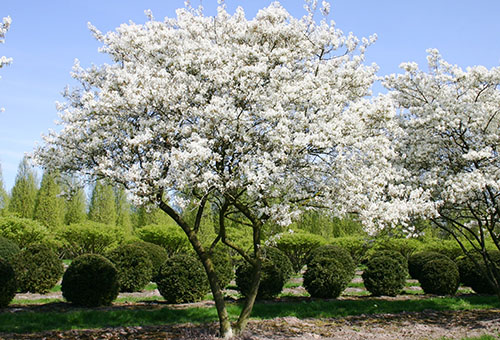
Plant care
Irga grows very quickly and does not require special care. Some summer residents do not care about the plant at all, paying attention to it only when harvesting. This is the wrong approach. Irga needs a little, but still regular care.
The irgi has an extensive root system, so it is worth watering it only during severe drought. It is advisable to use a spray bottle to wash the leaves at the same time. A strong root system can create significant problems for the summer resident: spreading in breadth, it suppresses other plants in the radius, and it has to be destroyed.
If the soil around the irgi is fertile enough, the roots will not actively spread in breadth in search of nutrients, respectively, there will be less of them, and the plant's nutritious juices will go not to them, but to valuable fruits.
To do this, the soil around the plant must be fertilized regularly. So, the entire trunk circle of the bush is dug up with the addition of special fertilizers:
- humus buckets;
- 300-400 g superphosphate;
- 200-300 g of chlorine-free potash fertilizers.
The procedure should be carried out once a year upon reaching the 5-year age of the bush.
You can also feed the plant with a liquid organic mixture of chicken manure and water in a ratio of 1 to 10. One adult bush will need about 5-6 liters of organic mixture.
Experienced gardeners advise to fertilize irga with liquid organic matter in the evening, right after abundant watering. The dry mixture is dug up together with the earth around the trunk of the plant and only then watered.
From time to time, the shrub needs a routine maintenance procedure such as pruning. It is needed so that the irga does not lose its attractiveness. In addition, pruning rejuvenates the plant and improves yields.
So, caring for an irga will not cause problems even for an inexperienced gardener. Unlike most ornamental shrubs and trees, it does not need constant monitoring, but is content with occasional watering and feeding, as well as periodic pruning.
Reproduction methods
Irgi propagation occurs in several ways.
- Division of bushes (it is possible to divide root shoots only in adults, but not old bushes).
- Creating a layering (the most popular method for novice gardeners).
- Reproduction by seeds (this method is the most effective, but also the most time-consuming).
- Grafting of a cutting (used to obtain a standard tree shape).
To grow irgu from seeds, it is necessary to select the most ripe, large fruits, select seeds from them, and mix them with sand without preliminary drying and put them in a cool and dark place (basement, balcony, etc.).
To make the seeds sprout faster, you can carry out the following manipulation:
- The seeds are placed between layers of cotton wool soaked in water or hydrogen peroxide and packed in cellophane.
- The package with seeds is left in a cold and dark place for 4 months (this procedure can be started in late autumn, so that by the beginning of spring, the seeds are already ready for planting).
- The seeds are planted in a mini-greenhouse at intervals of 20-25 cm. After 20 days, the seeds "wake up".
The second method of growing seeds: in the fall, they are sown in pre-dug beds, to a depth of 2 cm, covered with a layer of sand and watered. As with the first method, seedlings will appear in the spring.
Growing irgi by grafting cuttings is suitable exclusively for experienced and skilled gardeners. This is a rather complicated and time-consuming procedure. From autumn, it is necessary to prepare cuttings (cut from last year's growth) and bury them in the ground or sand until spring. You do not need to touch them at this time, they also do not need care.
In the spring, you can start propagating cuttings. As a rootstock, you can take a two-year-old mountain ash. It is dug up in the spring when the plant wakes up. The rootstock roots are cleaned of dirt and washed. Two incisions are made on the trunk - one above the kidney and the other below it.
The shank of the irgi with the lower end (the end must be carved in advance with a wedge using a sharp knife) is inserted into the incision on the stock stem. The joints of the cuts are tightly wrapped with polyethylene, and the plant is planted in a greenhouse.
Reproduction of irgi by root shoots and dividing the bush is much easier than the cuttings method. In the first case, it is enough to dig out any of the young shoots (no more than 15-20 cm) from the growth around the bush and transplant to a prepared place.
Growing shoots by dividing an adult irgi bush will also not cause any particular difficulties. It is enough to choose a bush 5-6 years old, remove all old branches and use a shovel to cut the bush so that 3-4 strong young shoots remain in each compartment.
Growing irgi by dividing a bush is an important component of plant care. So, if you perform this procedure every 3 years, the bush will rejuvenate and bring a good harvest.
So, planting an irgi is a fairly simple event even for a novice gardener. It is enough to buy seedlings or dig up a few shoots of irgi, prepare the soil and plant a plant. Caring for this plant is also not difficult: it is enough to occasionally fertilize the plant, prune it and even less often water it.
At the same time, irga is a versatile plant that will not only decorate your site, but also supply you with useful and tasty fruits.
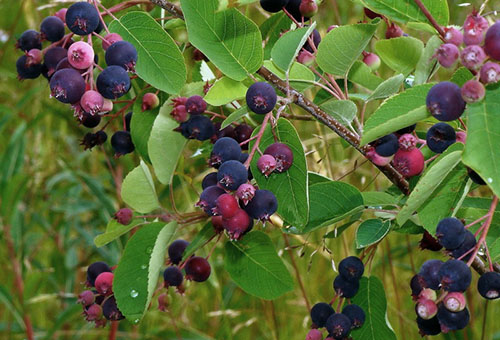


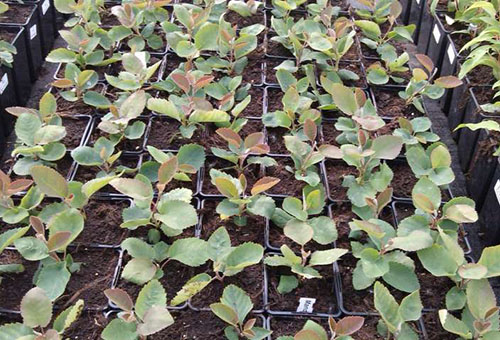
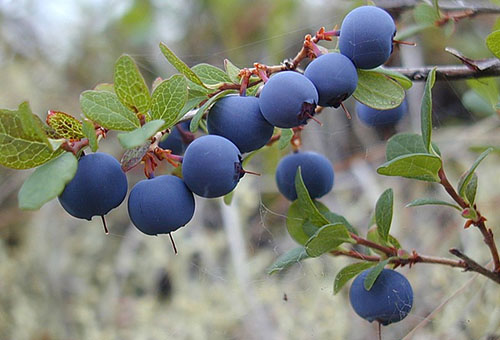
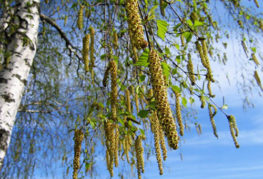
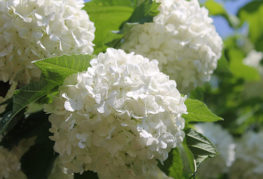
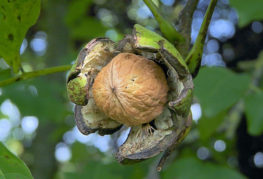
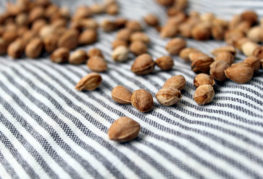
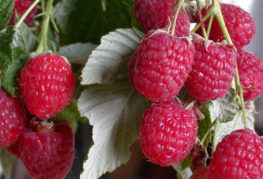
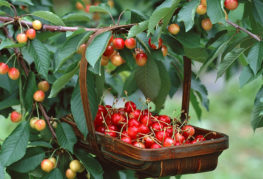
and will be published shortly.